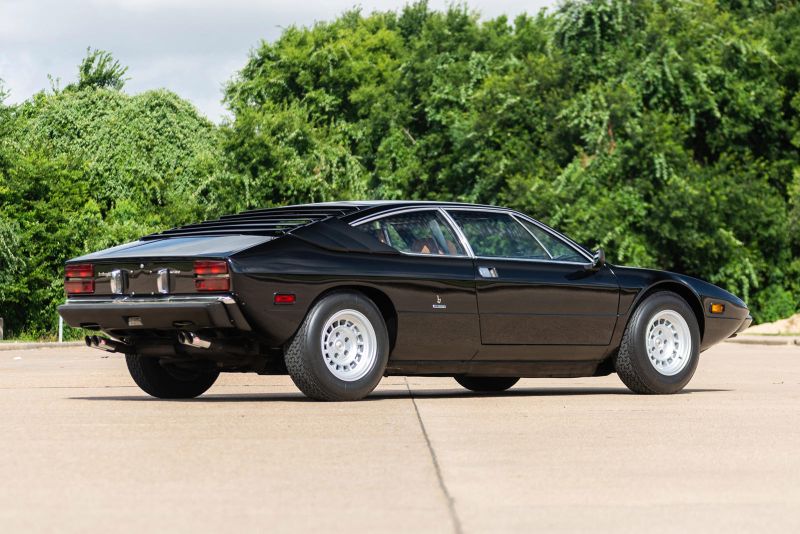It’s easy to root for Lamborghini when you know their history and the way they formed to stud up to Ferrari. Form a company being focused on agricultural machines they managed to create models such as Miura which was a revolutionary car with a mid-engine setup. It was the first of its kind in the supercar domain. What followed later is a renaissance of its own with models such as Diablo, Murcielago, or Aventador, each one of them standing tall on its own. But, the road to success had its victims, and we are here to talk about the models that had to die so that others might live. Some of them are such that even the biggest car enthusiasts out there could name them without thinking deeply. Let’s see what’s in store for you today. A little stroll down memory lane.
Lamborghini Espada
Miura did a lot for Lamborghini so they tried to continue in the same fashion. What followed was an interesting model named Espada which stands for the blade in Spanish. Interestingly this tourer had four seats and was a perfect example of the time in which it was created. What is packed under the hood was the mesmerizing 3.9-liter V12 which could bring fort 345 horsepower at its best. While mostly forgotten today, back in the day it was a genuine success and a decent successor to what Miura left behind. You could claim today that it’s a collector’s item as only 1.217 was made in the ten-year span it was manufactured. Thanks to this number it was the best-selling vehicle for this company from 1968 to 1978.

Lamborghini Islero
Another piece that went after heavily popularized Miura was the Islero. It looked nothing like Lamborghinis of today, but it had its charms. It was some update on the 350GT, suitably named the 400GT, and it packed a 4.0-liter V12 which made this car a formidable beast. Back when it was made it was one of the fastest cars around being able to reach 60 mph in 6.4 seconds thanks to the incredible 325 hp it possessed. The top speed of Lamborghini Islero was measured at 154 mph. While we don’t see its design as too bad, it wasn’t widely accepted in the 60s as it was on the work bar only for one year. This translates to 250 pieces made.
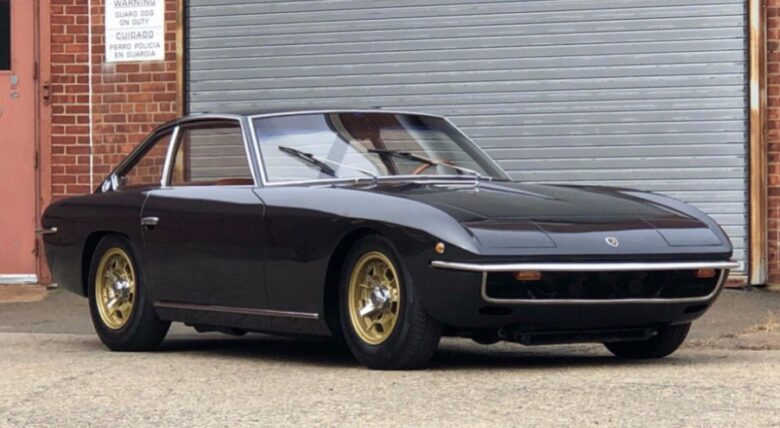
Lamborghini Jarama
Jarama is yet another model that wasn’t favored by its time and history alike. When it was made, the new US standards went into force, but Lambo didn’t oblige. Instead of building on Islero, with changes, of course, they decided to do some work on Espada and we received this model. The platform used was the same as on Espada, only shortened. What was lengthen is the power of the mill under the bonnet which was now the V12 which was set at 365hp. This was needed due to the fact this model was heavier than its predecessor. We can say with assurance that its looks weren’t too shabby. It was a decent take on popular Espada, and it managed to make people turn their heads mostly thanks to dangerous-looking headlights. Jarama managed to last longer than Islero as it had a six-year run. This translated to 328 pieces built.
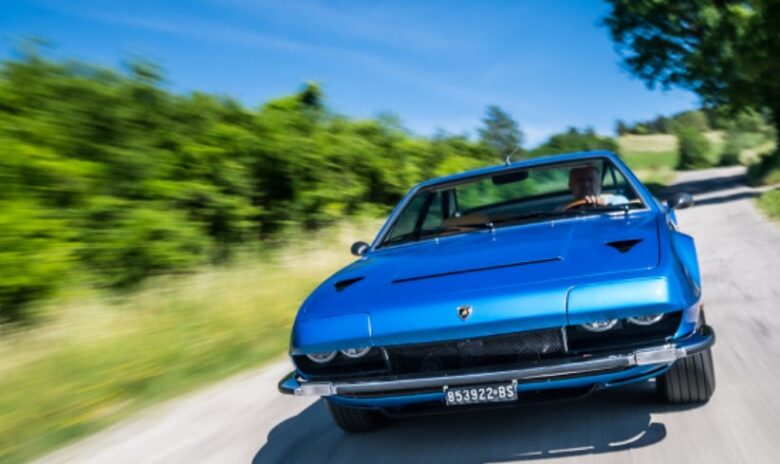
Lamborghini Urraco
Lambo didn’t make a u-turn with this model, but some people argued that they did go a little astray. The look of this model is peculiar to say at least. But, it did well among the crowd of that time, and it was in production for six years. That’s a good run, compared to some of the models on this list. Lamborghini didn’t save on this one, so it came with three different engine options. The most affordable one was the 2.0-liter V8. You also had the 3.0-liter version of this car and the most powerful one in the form of a P300 which was able to perform quite literally. Its 0-60 was set at 5.6 seconds. The opinions on this unit may vary, but we are ready to argue that it isn’t half bad.
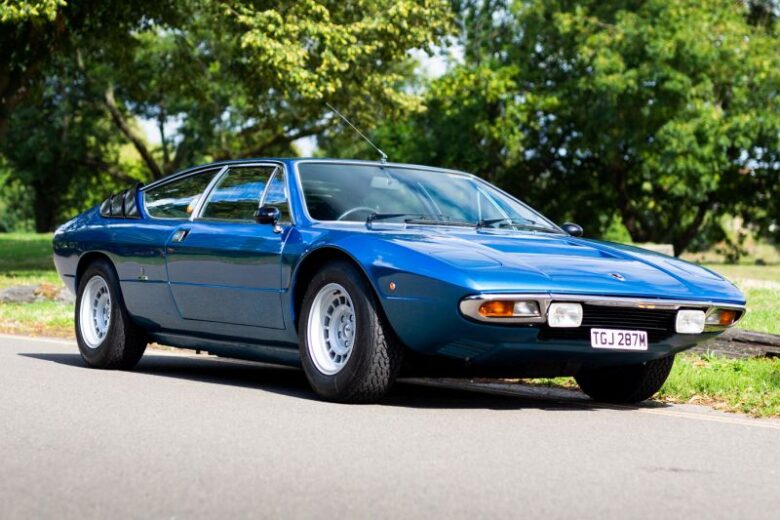
Lamborghini Silhouette
When we look at this model today, it is hard to differentiate it from Ferrari. Who knows, maybe they did a little copying. What we know is that they admired what Ferrari had with the Dino model and they wanted a competitor on their side. The Lamborghini Silhouette is the result of that desire. What makes it unique is the Targa top which was first featured on this model. It wasn’t highly successful in terms of production as only 54 were made. It packed a 3.0-liter V8 that was backed by 260 horsepower. In some aspects, it managed to parry the Ferrari Dino, the primary one being the price. It was quite affordable if you wanted a supercar.
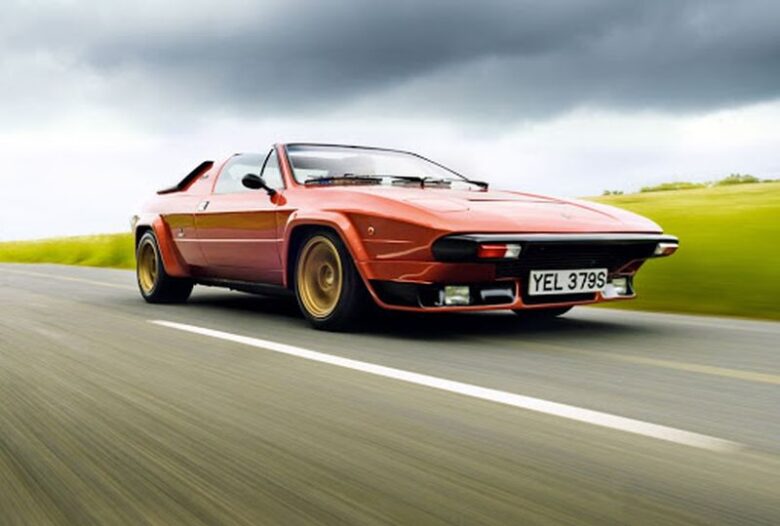
Lamborghini Jalpa
When we look at Jalpa we can be sure that Lamborghini didn’t want to leave things unfinished. The Silhouette was only the beginning. It had a nice run stretching from 1981 to 1989. This is when the massive change happened, as Chrysler bought Lambo, and the attention was turned towards Diablo. With it, a piece of history ended as the V8 was axed. The latest model featuring this engine once again is their latest project, the Urus SUV. What Jalpa had was the 3.5-liter V8 able to produce 255hp. It was one affordable supercar, and you were lucky if you were one of the 410 lucky owners.

Final Thoughts
As you can see there were some pretty interesting models coming to us from this Italian company. Lamborghini has a long history so it’s no wonder things turned out like this. Tell us, and be sincere, how many of these models were familiar to you before reading this article? We can bet that only one or two rings a bell. If you knew about them before, we are not going to argue with you, but admit that you truly are a better connoisseur of all things Lamborghini.


